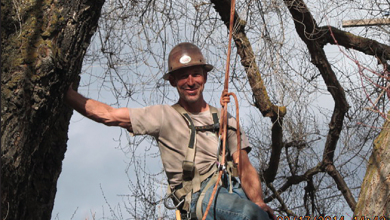Batten Down the Hatches
With the recent discovery of the dreaded emerald ash borer (Agrilus planipennis) in Forest Grove, Oregon, many biologists’ worst fear comes to light. This destructive non-native insect will probably rival or best what the bronze birch borer did to our beloved white birch trees.
This beetle will have many negative impacts on our native as well as ornamental ash species. It has proven to attack and kill many different types of ash trees including Raywood and Modesto ashes. When you consider the many neighborhood planting schemes centered around various types of ashes, this looks “Muy No Bueno” to me. There are many more ashes susceptible than resistant to this beetle on all counts and there is no real practical method of control to protect our native or urban forests.
In California, a new pathogen has seriously affected the various oak species in the northern half of the state. Another non-native beetle (Xyleborus monographus) is taking a devastating toll on valley oaks, as well as Oregon and Blue oaks. Is this just a sign of the times, like Dutch elm disease and white pine blister rust?
Given the importance of native ashes to our waterways within riparian areas, and ashes that shadow our neighborhoods, this new development may be bleaker than we realize.
Boosting individual tree vigor will probably be the best course of action to reduce susceptibility, and something that is relatively easy to do, favorable conditions within the root zone being the order of the day.
Methods of control are usually the same: prune out infected portions, destroy prunings, and poison the plant to keep it alive, and I don’t have much success with either.
Propagating resistant individuals or seperate species is another slow road we take, but in the meantime we need to explore more avenues and hit the pavement running.
Like the river birches being resistant to (so far, anyway) bronze birch borers, and Siberian elms to Dutch elm disease, and while that may be the only route to take at the present time, we really need to focus on a better mousetrap.
A plant’s resistance to disease can grow over time, but the flip side is the pathogen’s aggressiveness can do the same as well, a catch-22 of sorts.
For the time being, my advice is as always, plant high and often.
Keep your fingers crossed and your hopes up!


